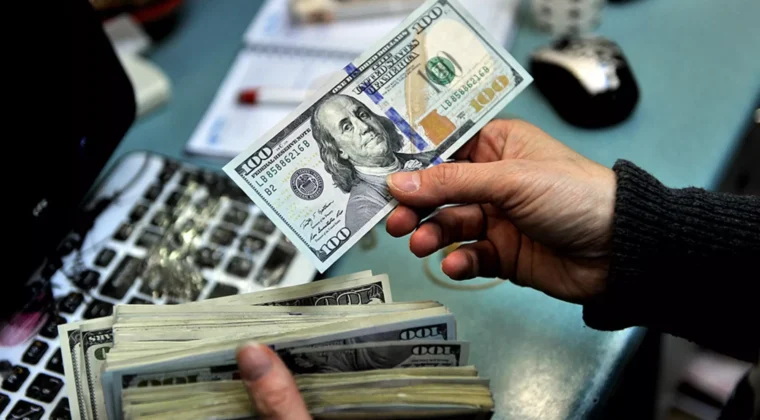The US Dollar is feeling the heat as traders grapple with the Federal Reserve’s latest policy move and a disappointing GDP report. The Fed left interest rates unchanged but tweaked its inflation language, sparking a wave of uncertainty that sent the Dollar Index (DXY) on a rollercoaster ride. Meanwhile, the US economy grew at a slower pace than expected in the fourth quarter, adding fuel to the fire. Let’s break it all down.
Fed Holds Rates Steady but Sparks Hawkish Speculation
The Federal Reserve kept its benchmark interest rate in the 4.25%-4.50% range, as widely anticipated. But here’s where things got interesting: the central bank removed previous language suggesting inflation was making progress toward its 2% target. This subtle shift initially sent shockwaves through the market, with traders interpreting it as a hawkish signal.
Fed Chair Jerome Powell, however, was quick to downplay the change, calling it a mere “language cleanup” rather than a policy shift. His comments softened the initial market reaction, but the damage was done. The Dollar Index (DXY), which measures the greenback against a basket of currencies, briefly climbed before erasing gains, hovering below the critical 108.00 level.
Powell reiterated that the Fed’s policy stance remains restrictive and that future decisions will be data-dependent. He also refrained from signaling any urgency to cut rates, reinforcing the central bank’s cautious approach.
GDP Growth Slows, Fueling Economic Concerns
While the Fed’s messaging was causing headaches for traders, the latest GDP figures added another layer of uncertainty. The US economy grew at an annualized rate of 2.3% in the fourth quarter, missing forecasts of 2.6% and falling sharply from the 3.1% growth recorded in Q3.
This slowdown raised concerns about the economy’s momentum, especially as inflation components within the report suggested persistent price pressures. The Personal Consumption Expenditure (PCE) price index, a key inflation gauge, rose to 2.3%, up from 1.5% in the previous quarter. Meanwhile, Core PCE—the Fed’s preferred inflation measure—remained unchanged at 2.2%, missing expectations of 2.5%.
Labor Market Holds Strong Amid Economic Uncertainty
Amid the mixed economic signals, the labor market continues to show resilience. Initial Jobless Claims dropped to 207,000 for the most recent week, below estimates of 220,000 and down from the prior week’s 223,000 reading. Continuing Jobless Claims also declined, falling to 1.858 million from 1.900 million.
These figures suggest that, despite broader economic uncertainty, the job market remains stable—a silver lining for policymakers and investors alike.
Technical Outlook: Dollar Struggles to Regain Footing
From a technical perspective, the US Dollar Index is struggling to hold its ground. The Relative Strength Index (RSI) remains below 50, indicating weak bullish momentum, while the MACD’s red bars highlight ongoing bearish pressure.
If the DXY fails to hold the 107.80 support level, further downside toward 107.50 could be on the cards. On the flip side, any recovery would likely face resistance near 108.50, capping gains before a potential rally.
What’s Next for the US Dollar?
The Fed’s mixed messaging and the softer-than-expected GDP print have left traders in a state of limbo. While Powell’s attempts to downplay the inflation language change provided some relief, the underlying economic data suggests that challenges remain.
For now, the US Dollar remains under pressure, and its fate hinges on upcoming economic indicators and the Fed’s next moves. Will the greenback regain its strength, or is further weakness on the horizon? Only time—and data—will tell.
Historic Wall Street Collapse Linked to Chinese AI Giant DeepSeek




